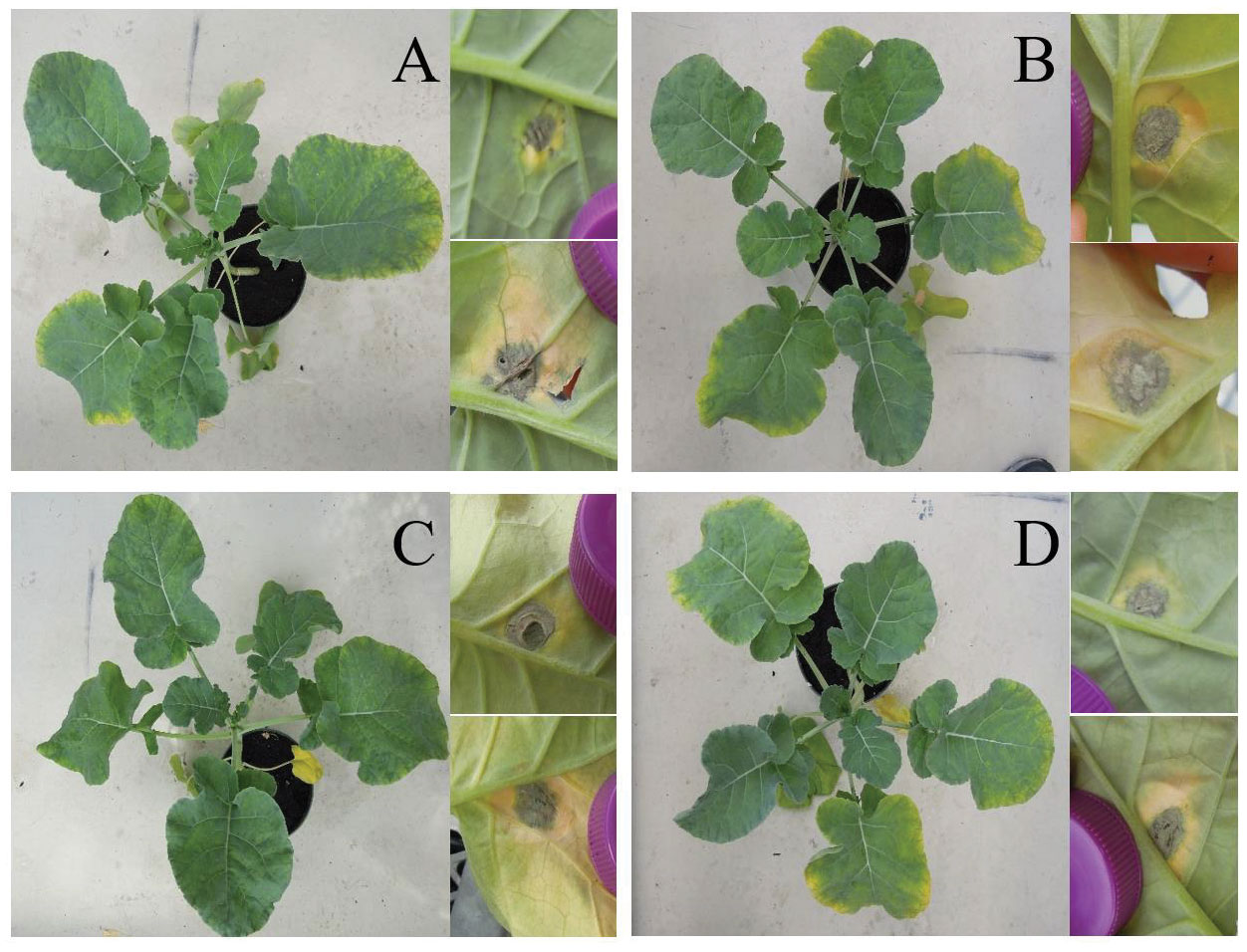Silicon uptake could increase canola stress tolerance
Key result:
If canola could be transformed with two target genes for silicon uptake, the crop could become more tolerant to biotic (pathogen) and abiotic (weather) stress. In the end, this study could transform only one of the two target genes, and resulting stress tolerance to blackleg and drought were not noticeably different from controls. They determined that both genes are necessary, and continue to work toward that goal.
Project title, principal investigator:
“A simple and holistic approach to alleviate biotic and abiotic stresses in canola through silicon (Si) uptake” Richard Belanger, Laval University
Funding:
SaskCanola, Natural Sciences and Engineering Research
Full report:
To find the full report, go to SaskCanola.com and search for the project title.
If canola could be transformed with silicon-uptake genes, say from adzuki bean and soybean, the crop could become more tolerant to biotic (pathogen) and abiotic (weather) stress.
Plants absorb silicon (Si) from soils in the form of silicic acid (Si(OH)4) through root influx channels termed Lsi1 and efflux transporters termed Lsi2. Prior to this project, all low-silicon-accumulating species under investigation were found to lack one or both determinants.
A unique exception is tobacco (Nicotiana sylvestris), a species which possesses both molecular determinants in its Lsi1 and yet does not accumulate Si in its tissues. Researchers used this discovery to identify genetic substitutions that gave tobacco a heightened silicon-uptake capabilities. The discovery improved the researchers’ understanding of silicon accumulation in plants, contributing to bioengineering efforts to improve silicon accumulation in crops, including canola.
Belanger and his group also took major strides in improving the understanding of the Lsi2 transporter processes. They found differences among Lsi2 alleles in soybeans (Glycine max) that could explain the differential silicon content observed across contrasting soybean varieties. This is the first identification of a rare Lsi2 allele that dictates superior silicon absorption in plants. This could be exploited for bioengineering purposes to increase plant stress resilience.
Another objective of this study was to characterize canola (Brassica napus) plants transformed with high-capacity silicon transporters for their ability to accumulate silicon. Plants in the Brassicaceae family are considered low silicon accumulators. Researchers aimed to introgress canola with both determinants – genes encoding high-capacity silicon influx channels (Lsi1) and efflux transporters (Lsi2) – in an attempt to improve silicon accumulation and, ultimately, environmental stress resilience. They selected VaLsi1 gene from adzuki bean (Vigna angularis) and GmLsi2Hi gene from soybean cv. Hikmok for canola transformations based on their high silicon-transport capacity.
The VaLsi1 gene from adzuki bean was successfully incorporated into canola. GmLsi2Hi from soybean was not. However, researchers were successful in transforming two genes into model species thale cress (Arabidopsis thaliana; also a member of the Brassicaceae). To the researchers’ knowledge, this would be the first such demonstration of a double-transformant and would be an important step toward testing the viability of this technology as a means to improve silicon accumulation in plants.
Even though researchers were only able to produce VaLsi1 single-transformants of canola, they proceeded to test these canola plants against blackleg disease. The single transformants did not fare any better than controls, concluding that double transformants are indeed necessary. Having both determinants seems to be necessary to increase silicon accumulation in plants. Ongoing efforts to test double-transformed thale cress plants should directly test this hypothesis.






